Spectacle lenses offer relief for headaches, ocular symptoms
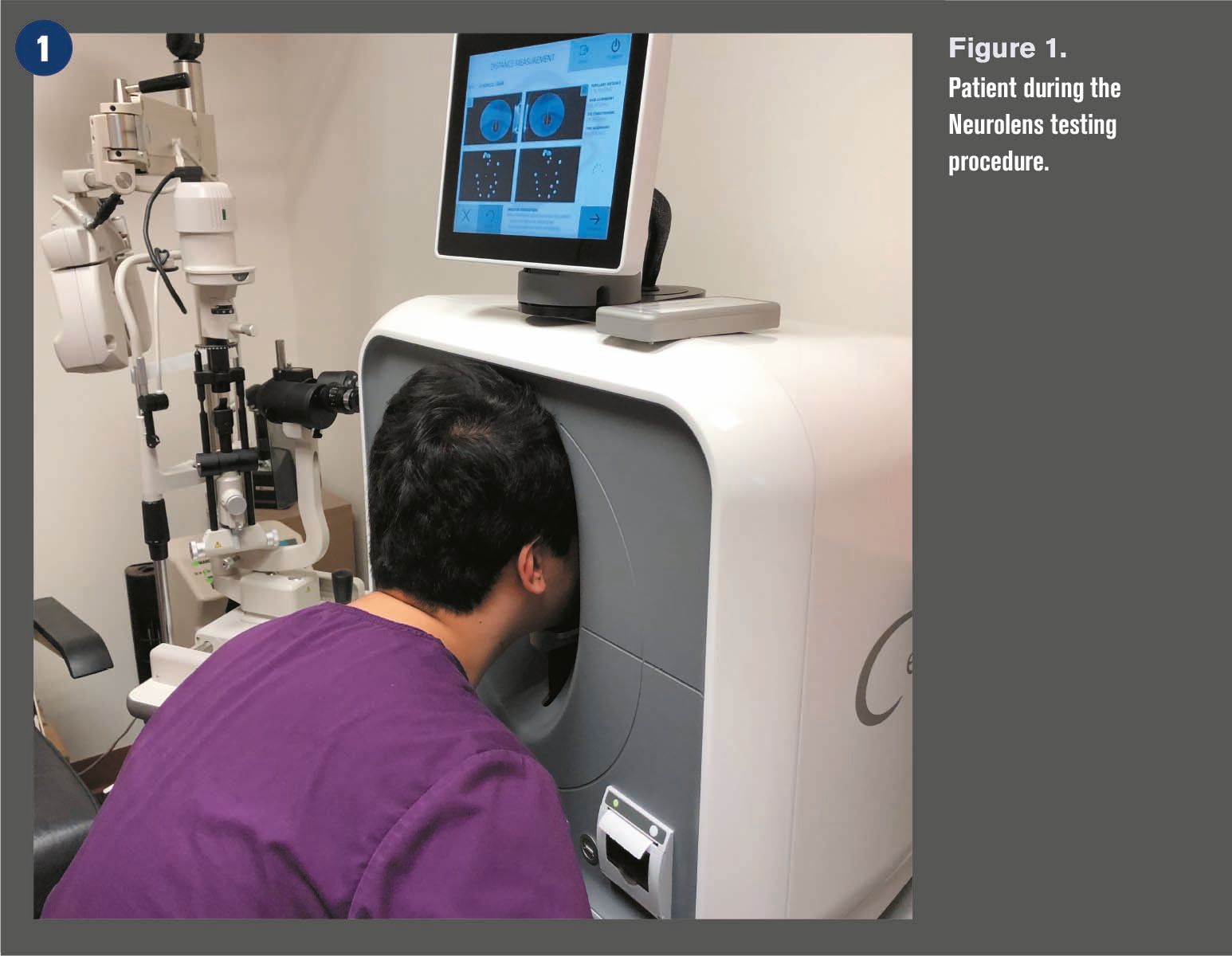
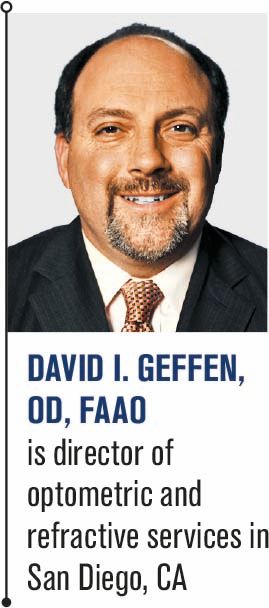
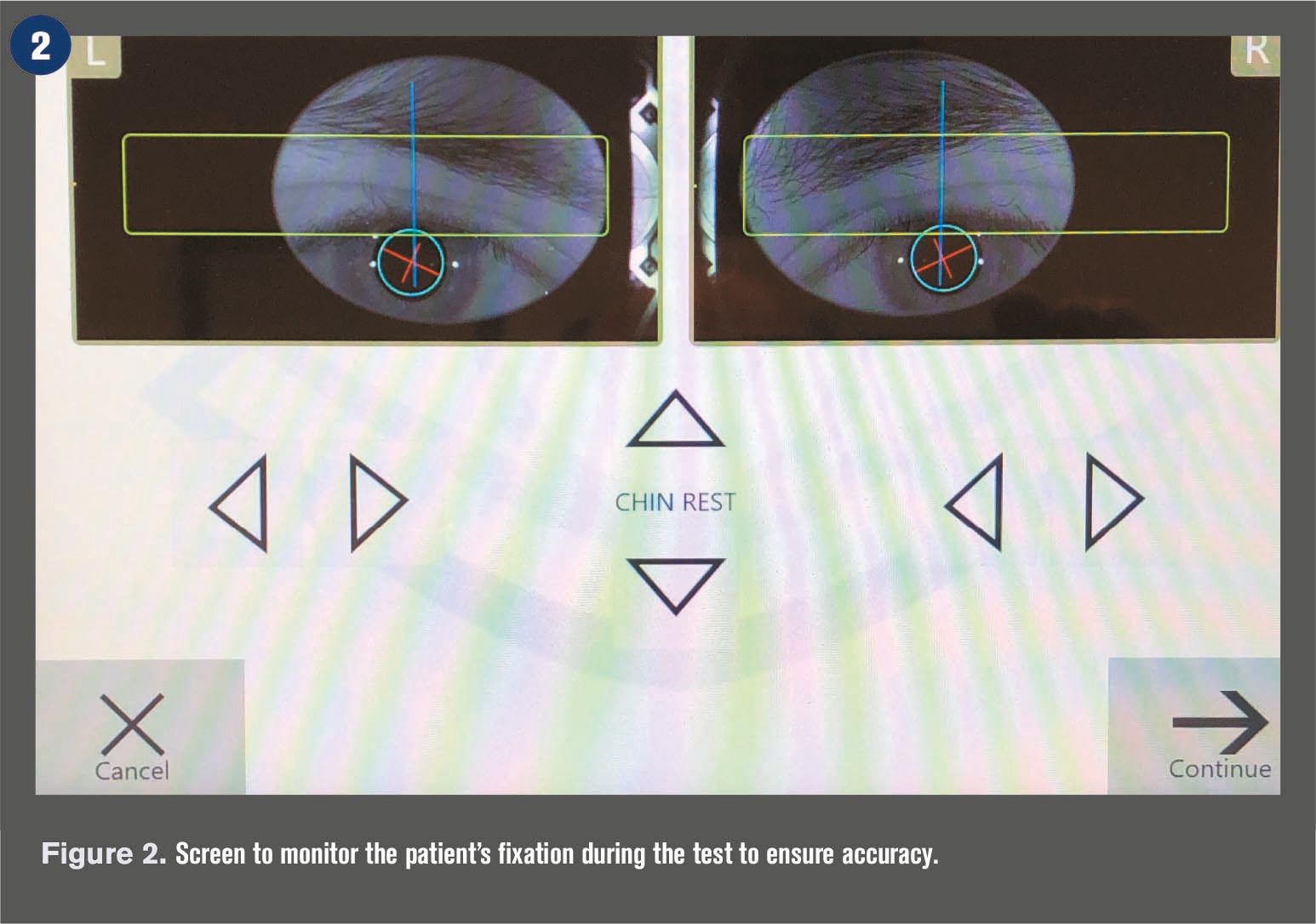
Increasingly, I am seeing patients in our practice who have a condition called trigeminal dysphoria, characterized by a misalignment in the synchronization of the peripheral and central visual processing systems.1 It was first identified in a series of clinical studies on patients with chronic headache.
The small misalignment creates chronic stress on the largest nerve in the body, the trigeminal nerve.
As one might guess from the name, the trigeminal nerve has three major branches:
• Ophthalmic branch
• Maxillary branch
• Mandibular branch
The trigeminal nerve innervates the eyes, nose, mouth, head, and neck. When the ophthalmic branch, which is responsible for reporting the eyes’ positions2 as well as detecting sensation and pain, is repeatedly stimulated by the misalignment, patients can become symptomatic.3
Patients with trigeminal dysphoria present with symptoms such as neck and back pain, headaches, and trouble focusing, especially after a long day at work.4
ODs seeing this condition may find that that the patient has previously seen a neurologist and may be on a cocktail of medications for chronic headaches without significant symptom relief.
Lifestyle impact
I practice in a highly educated, biotech region where most people spend between five and eight hours of their work day looking at a screen. It is not unusual for patients to go home and spend another two to three hours looking at digital devices.
ODs know that digital device use leads to a five-fold reduction in the blink rate,5 which destabilizes the tear film. Couple this with minor visual system misalignment, and it is easy to see why patients become symptomatic. Their energy levels and productivity begin to suffer.
The misalignment isn’t new, but it is likely exacerbated by heavy device use. I often see the condition in young people, but I see it also in those just becoming presbyopic. For the latter category, the triple whammy of screen-related dryness, trigeminal dysphoria, and presbyopia can be truly miserable.
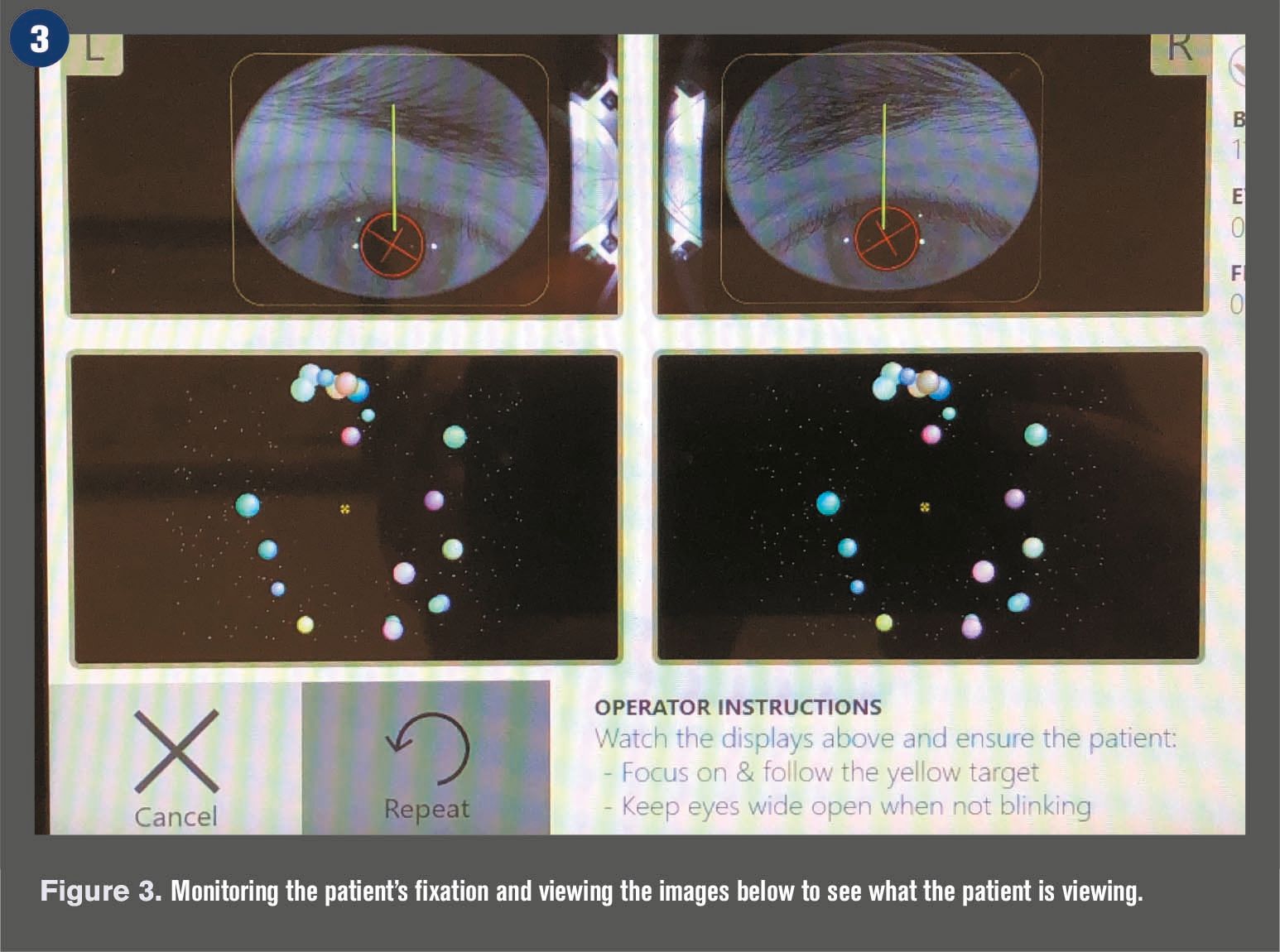
Screening and treatment
Our practice uses a patient intake form that includes questions about ocular symptoms, device use, and head/neck pain. If a patient has three or more symptoms or spends more than four hours per day at a computer, we obtain measurements with a measurement device (eyeBrain Medical) as part of the pretest process.
The device provides a customized measurement of misalignment from 50 cm to optical infinity and incorporates multiple elements of ocular fusion, such as heterophoria, vergence conditioning, fixation disparity, accommodative convergence response, and alternating monocular central fixation.
Related: Relieve migraines with tinted contact lenses
I admit that I was initially skeptical of this technology. ODs routinely test fixation disparity and binocular vision. I thought that if a patient exhibited a misalignment, I would be able to detect it with our typical vision testing protocols. We utilize polargraphic slides and cards to help detect fixation disparities.
However, even though fixation and binocularity results may be normal, I have seen misalignment in about half the patients I test with the measurement device. The device provides a prescription for neurolenses, a new category of lens that incorporates contoured prism and can be ordered for almost any lens/frame combination, including progressive addition lenses (PALs).
At the end of the exam, I’ll put the suggested amount of base-in prism in front of the patient’s glasses and ask how he feels. Patients will tell me, “It makes my eyes go ‘Ahhh…’” Patients feel a palpable sense of relief or relaxation.
Related: How to recognize and manage digital eye strain
Making a difference
Neurolens contoured prism lenses are distinctive because they relieve binocular misalignment at distance, intermediate, and near in a single lens. Clinical research shows that more than 90 percent of patients have a larger misalignment at near than at distance.6
In most cases, the distance prism in the neurolenses we prescribe is as little as 1.00 D to 2.00 D, with slightly more in downgaze for intermediate and near.
I find now that simply correcting this small amount of misalignment provides a more relaxed visual environment. Patients don’t usually need much time to neuroadapt to the lenses. In fact, they notice the difference immediately, right in the chair.
I prescribed neurolenses recently for a professor at University of California, San Diego, who was complaining of eye fatigue and neck aches. He was a low myope with no significant fixation or convergence problems on other tests. One week after starting to wear the neurolenses, he told me his symptoms were resolved and he felt better able to function at work.
Related: Top 5 neurosigns never to ignore
In the past, we might have prescribed more plus for these patients or sent them to vision therapy, but neither option is an effective solution. Offering a new solution to an identifiable challenge has been positive for our practice not only to be able to address a real patient need but also to provide a premium product that cannot be purchased at online retailers or big-box stores.
Testing for and treating trigeminal dysphoria has increased word-of-mouth referrals and become a clear practice differentiator.
References:
1. Schwartz DP, Robbins MS. Primary headache disorders and neuro-ophthalmologic manifestations. Eye Brain. 2012 Sep 13;4:49-61.
2. Weir C, Knox P, Dutton G. Does extraocular muscle proprioception influence oculomotor control? Br J Ophthalmol. 2000 Sep;84(9):1071-1074.
3. Leigh R, Zee D. The Ocular Motor Periphery. In: The Neurology of Eye Movements. 5th Ed. Oxford: Oxford University Press, 2006.
4. Miles C, Krall J, Thompson V, Colvard DM. A new treatment for refractory chronic daily headache. eyeBrain Medical. Available at: https://www.dropbox.com/sh/289zz7ff4sjb238/AACLopRhfz7iYEaeLP0TSXXua/White%20Papers?dl=0&preview=eyebrain-new_treatment_for_rcmh_paper_2016-01-25_draft.pdf. Accessed 12/11/18.
5. Patel S, Henderson R, Bradley L, Galloway B, Hunter L. Effect of visual display unit use on blink rate and tear stability. Optom Vis Sci. 1991 Nov;68(11):888-92.
6. Indiana University School of Optometry. Cross-coupling of accommodation and convergence (AC/A and CA/C). In: Oculomotor Functions & Neurology. 2004. Available at: http://www.opt.indiana.edu/v665/CD/CD_Version/CH20/CH20.HTM#Innerv.%20Conv. Accessed 12/11/18.
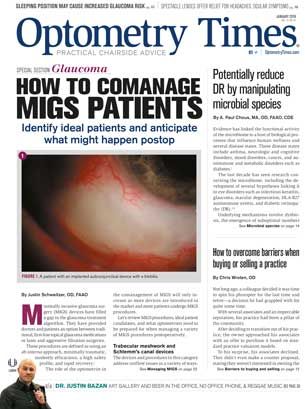
Newsletter
Want more insights like this? Subscribe to Optometry Times and get clinical pearls and practice tips delivered straight to your inbox.